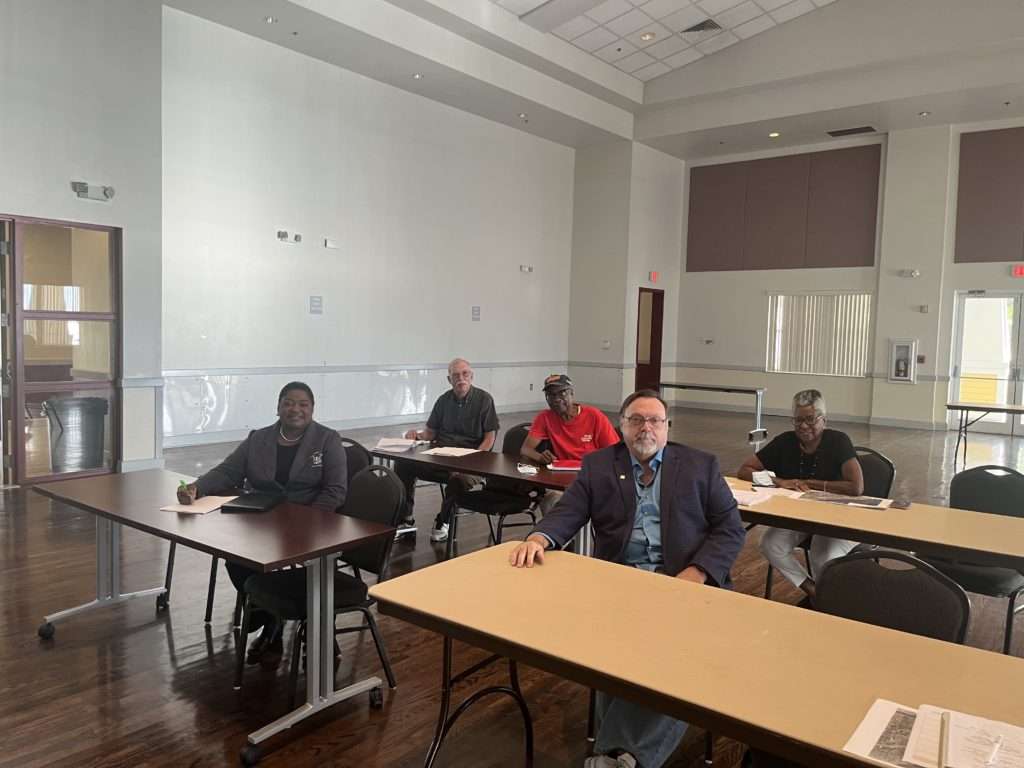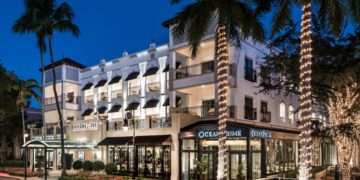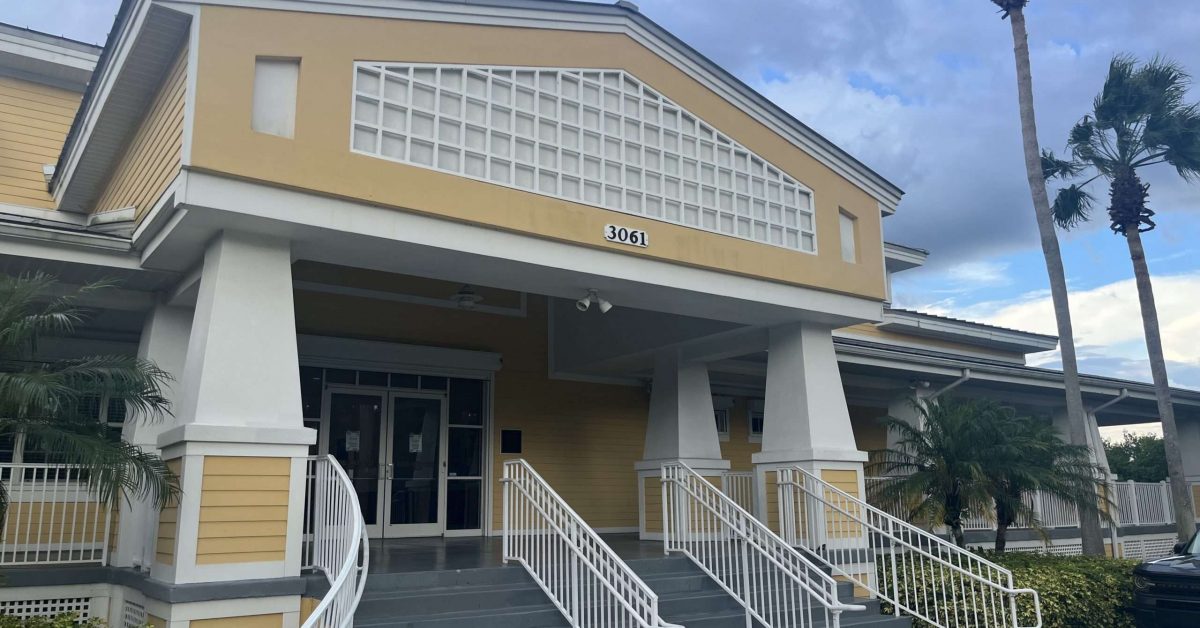In 2008, east Fort Myers was poised to flourish, guided by the east Fort Myers revitalization plan. The 1,100-acre area located midway between downtown and Interstate 75 is a distinct community comprised of varied neighborhoods with historic ties to commerce.
The area has seen both prosperity and decline, resulting in the need for an overall strategy to guide and encourage its revitalization. Following the recession, the values of the property in the district fell below base value, resulting in the plan being dissolved.
More than a decade later, LaRue Planning is working toward a re-establishment of the revitalization plan. James LaRue, president of LaRue Planning & Management Services, and Bob Frank, the vice president of urban visions on the project, hosted a two-day open house this week at Riverside Community Center to seek input from community members and city stakeholders.
 “When we get into more public hearings, we’ll build on some things, not wasting time with things that aren’t true anymore,” Frank said. “We’re trying to put ourselves in the position of seeing what’s still important for everyone, what remains to be done and turn it into recommendations.”
“When we get into more public hearings, we’ll build on some things, not wasting time with things that aren’t true anymore,” Frank said. “We’re trying to put ourselves in the position of seeing what’s still important for everyone, what remains to be done and turn it into recommendations.”
The starting point for changes is looking back at the 2010 version of the plan, including the four-point strategy, which addresses walkability, land-use regulations, transportation and sustainability.
The first point, “City of Neighborhoods,” outlines steps to improve walkability by reclaiming neighborhood units as the basis for planning. The walkability of the area proved to still be an important issue in the community’s revitalization.
“In this particular area, there’s a lot of people that walk, a lot of people that bike, so it really needs to be a really friendly, walkable community,” Fort Myers council member Teresa Watkins Brown said.
Frank said he also noticed critical issues with walkability, pointing toward only one sidewalk on the south side of Palm Beach Boulevard. “Usually, if there’s a lot of people walking, they prefer to walk on the sidewalk rather than in the roadway,” he said. “There’s not a lot of traffic on these streets, but that to me was an eye-opener. You have a heavy residential area, no sidewalks, limited drainage and cracked roadways.”
Frank added that the main road, Palm Beach Boulevard, is a barrier, tying in the third point of the plan—”Transform the Boulevard,” which addresses the redesign of the boulevard so it can again be convenient for all users.
Each neighborhood is expected to satisfy most residents’ daily needs within walking distance and create compact, sustainable neighborhoods anchored by new mixed-use centers. However, attracting developers has been an issue.
“It’s kind of hard to entice development on Palm Beach right now because of the fact we can’t offer any kind of incentive for them to come in,” Watkins Brown said.
Roy Kennix, a community member who has years of experience with community development and business planning in the east Fort Myers and Dunbar area, asked about the interest of big stores. Publix, U-Save Supermarket and Winn-Dixie all have left east Fort Myers.
“Once we get the area back up and people start to see us building here, then they will want to come and maybe even bring another Publix back to the area,” Watkins Brown said.
The fact that east Fort Myers is not a tax increment district also has put strains on developers wanting to invest in the community. The second point of the plan—”Build More But Make It Good”—identifies areas that would benefit from more intense development than is currently regulated, with the stipulation that the development must be diverse, mixed-use and shape high-quality public and private spaces.
“Sometimes you have to start with what you’ve got,” said Frankie Jennings, Palm Beach Boulevard resident and CEO and president of FJ Services Sales & Marketing.
Jennings suggested taking spaces the community already has and enhancing them until developers show interest. She used the enhancement of the park at Tarpon Bay as an example, describing the area as a place that can be used as a community gathering location if features such as a walkable pathway and picnic areas were added. The focus and connectivity of parks hits the plan’s fourth point, “Connect the Green Spaces,” which offers a strategy for creating a green network for recreation and natural habitat.
The revitalization of east Fort Myers is dependent upon funding and incentives for developers to come in. “What’s happening in our community is not a mystery,” Kennix said. “There’s no money here.”
Each attendee of the open house was provided a questionnaire that will be used to determine where the area stands and ideas on how the revitalization plan should move forward. LaRue Planning will take all the comments from the questionnaire to help determine what course of action is best.
“This community is no different than McGregor or any of the other communities, because they are all very proud of their communities around here,” Watkins Brown said. “There are a lot of beautiful homes and a beautiful riverfront along this area. The culture of this community is one of the things that must remain and stay protected.”





